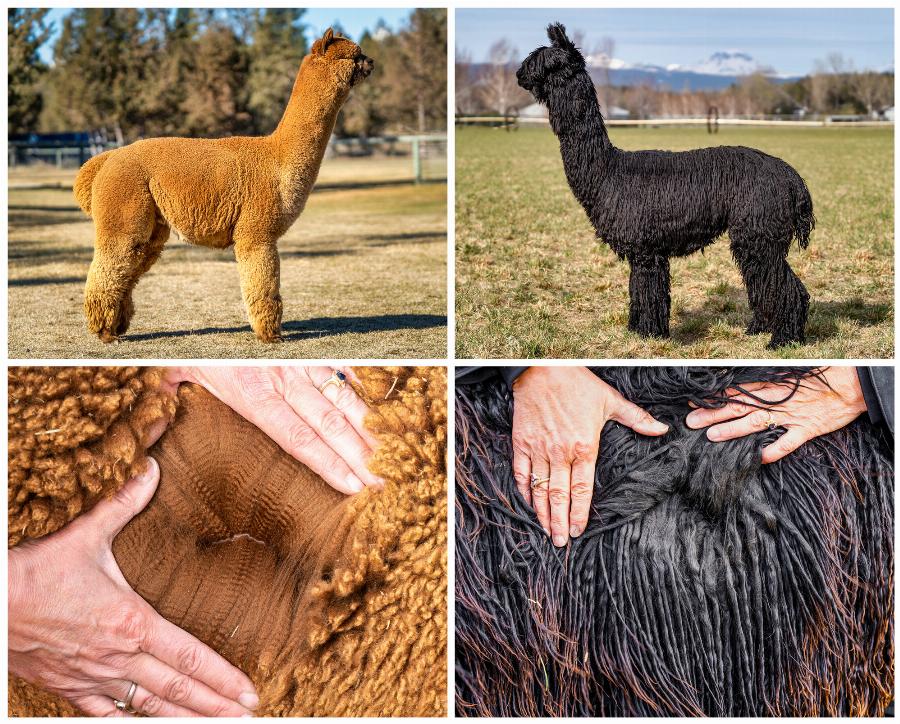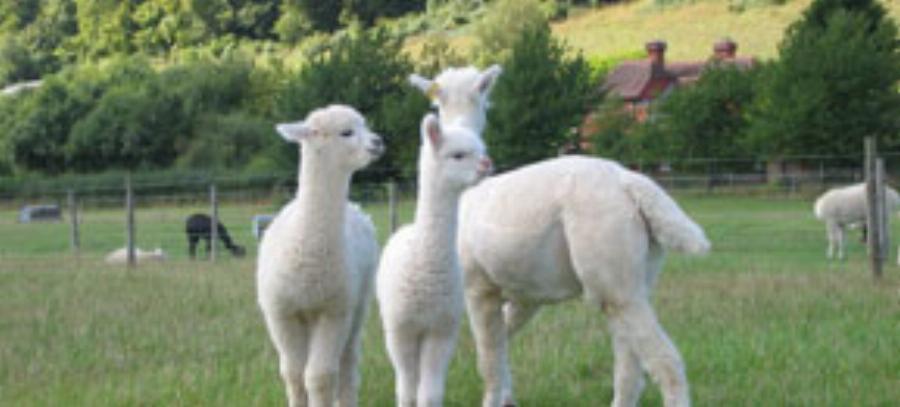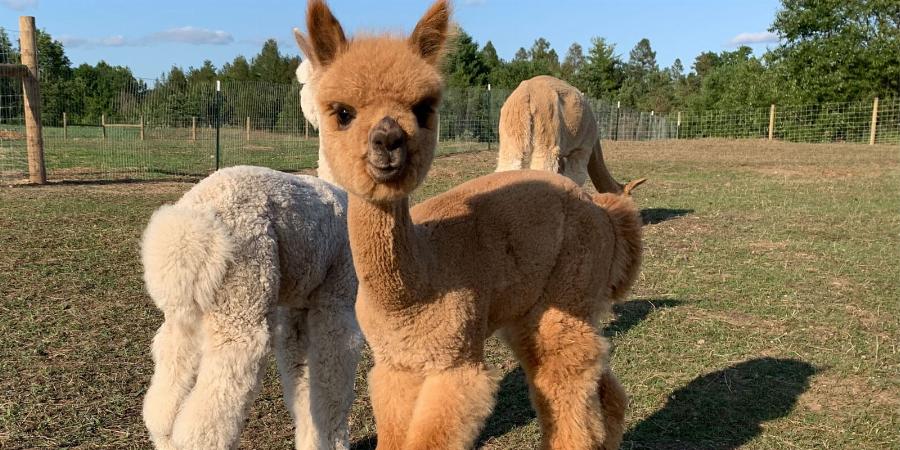Nội dung bài viết
- Origin and Significance of Alpacas
- Types of Alpacas and Their Characteristics
- Alpaca Care and Husbandry: Minimizing Birthing Problems
- Alpaca Birthing Problems: What to Expect and How to Respond
- What are Common Signs of Dystocia?
- How Can I Prepare for Potential Alpaca Birthing Problems?
- The Alpaca Industry and Its Products
- Interesting Facts and Myths about Alpacas
- FAQs about Alpaca Birthing Problems
- Conclusion
Alpaca Birthing Problems, while relatively uncommon, can be a stressful experience for both the alpaca and the owner. Understanding potential issues and knowing how to handle them is crucial for ensuring the well-being of both mother (dam) and cria (baby). This guide will walk you through the normal birthing process, common alpaca birthing problems, and what you can do to help.
Origin and Significance of Alpacas
Alpacas, native to the Andes Mountains of South America, have been domesticated for thousands of years, primarily for their luxurious fleece. They are close relatives of llamas and are known for their gentle nature and unique fiber. Their historical significance is deeply intertwined with the cultures of the Andean people, who relied on them for clothing, food, and transportation. Today, alpacas are prized worldwide for their hypoallergenic and high-quality fleece, making them an essential part of the textile industry.
 Alpacas in the Andes Mountains
Alpacas in the Andes Mountains
Types of Alpacas and Their Characteristics
There are two main breeds of alpacas: Suri and Huacaya. Suris have long, silky fiber that hangs in locks, while Huacayas have a denser, crimped fleece that gives them a fluffy appearance. Both breeds come in a variety of colors, from white and fawn to brown and black. Understanding the different breeds and their specific characteristics is vital for proper husbandry and breeding practices. For instance, Suri fleece is highly sought after for its unique texture and drape, while Huacaya fleece is known for its warmth and softness.
 Comparing Suri and Huacaya Alpacas
Comparing Suri and Huacaya Alpacas
Alpaca Care and Husbandry: Minimizing Birthing Problems
Proper alpaca care and husbandry play a crucial role in preventing alpaca birthing problems. Ensuring a healthy diet, regular veterinary checkups, and a stress-free environment during pregnancy are essential. Monitoring the pregnant dam closely as her due date approaches is also crucial. What signs should you watch for? Look for restlessness, pacing, and humming – these are all tell-tale signs that labor is imminent.
 Pregnant Alpaca Care and Monitoring
Pregnant Alpaca Care and Monitoring
Alpaca Birthing Problems: What to Expect and How to Respond
While most alpaca births are straightforward, complications can arise. Dystocia, or difficult birth, is one of the most common alpaca birthing problems. This can be caused by malpresentation of the cria (incorrect positioning), a large cria, or uterine inertia (weak contractions). What can you do if you suspect dystocia? Immediate veterinary intervention is crucial. Early intervention often leads to a better outcome for both mother and cria. Never try to pull the cria out yourself; this can cause serious injury.
What are Common Signs of Dystocia?
- Strong contractions for over an hour with no cria appearing.
- The water bag breaks, but no progress is made within 30 minutes.
- The dam appears distressed and in excessive pain.
How Can I Prepare for Potential Alpaca Birthing Problems?
- Have your veterinarian’s contact information readily available.
- Familiarize yourself with the normal birthing process.
- Ensure you have a clean, comfortable space prepared for the birth.
 Alpaca Dystocia and Veterinary Assistance
Alpaca Dystocia and Veterinary Assistance
The Alpaca Industry and Its Products
The alpaca industry revolves primarily around their fleece. Alpaca fiber is highly valued for its softness, warmth, and durability. It’s also hypoallergenic, making it a popular choice for sensitive skin. From luxurious sweaters and scarves to soft blankets and yarn, alpaca products are becoming increasingly popular worldwide. Did you know that alpaca fleece comes in over 22 natural colors? This makes it a versatile fiber for creating a wide range of textiles.
Interesting Facts and Myths about Alpacas
Alpacas are fascinating creatures with a rich history. One common myth is that they are aggressive. In reality, alpacas are generally gentle and docile animals. They are also incredibly social and thrive in herd environments. Another interesting fact is that alpacas communicate through a series of hums, clicks, and body language. They even have a designated “dung pile” in their pasture, which helps maintain herd hygiene!
 Alpaca Herd and Social Behavior
Alpaca Herd and Social Behavior
FAQs about Alpaca Birthing Problems
Q: How long does an alpaca pregnancy typically last?
A: Alpaca pregnancies typically last around 11.5 months (342-345 days).
Q: What is the most common birthing position for an alpaca cria?
A: The most common and ideal birthing position is “diving position,” with the front feet and nose first.
Q: What should I do if my alpaca’s labor is taking longer than expected?
A: Contact your veterinarian immediately if you suspect any complications or if the labor is prolonged.
Q: Can I assist with the birth myself?
A: It is strongly advised against assisting with the birth yourself unless you have extensive experience and training. Improper intervention can cause harm to both the dam and cria. Always consult with a veterinarian.
Q: What are the signs of a retained placenta in alpacas?
A: Signs of a retained placenta include a foul-smelling discharge, lethargy, and decreased appetite. This requires immediate veterinary attention.
Q: Are there any preventative measures I can take to minimize birthing complications?
A: Proper prenatal care, including regular veterinary checkups and a balanced diet, is key to minimizing birthing complications.
Q: How soon after giving birth can an alpaca become pregnant again?
A: Alpacas can become pregnant again relatively soon after giving birth, sometimes within a couple of weeks. However, it’s generally recommended to allow them some time to recover before rebreeding.
Conclusion
Understanding alpaca birthing problems is crucial for any alpaca owner. While most births are uncomplicated, being prepared for potential issues can make a significant difference in the outcome. By being knowledgeable about the normal birthing process, recognizing signs of dystocia, and seeking timely veterinary intervention when necessary, you can help ensure the health and well-being of your alpacas. The unique qualities and gentle nature of these animals make them a rewarding addition to any farm or lifestyle, and with proper care, you can enjoy the benefits of alpaca ownership for years to come. Remember, a healthy and happy alpaca starts with informed and proactive care, especially during the crucial birthing process. Alpaca birthing problems can be minimized with proper preparation and veterinary support.